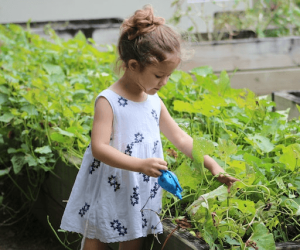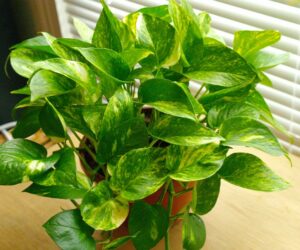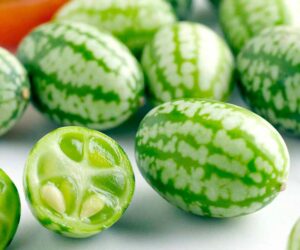Vegetables appropriate for late summer or autumn planting are fully hardy. They normally cope quite well with colder weather, but if there is a threat of hard frosts, there is also a possibility to create a growing tunnel or cover them with cloches. This is especially recommended for salads and leafy plants. You should still pay attention to the pests.
You won’t find as many of them as during warmer months, but among others, there is still a threat of slugs and snails to ruin your young seedlings. Even during colder months, you shouldn’t forget to water your plants well and removing the weeds regularly.
Check out the list of ten healthy and tasty vegetables you can plant for late autumn or spring harvesting.
1. Broad beans

Broad beans are especially quick to establish. You can sow them in the autumn, and you will be able to harvest them in spring, a good month earlier than those sown in next year. It is recommended to use canes and string to support them. Some of the best autumn varieties are Aquadulce Claudia and Super Aquadulce.
2. Asparagus

There are some asparagus varieties available for autumn plantings, such as Pacific 2000 or Pacific Purple. It is true that you have to wait for two years before you can harvest it properly for the first time, but it will continue cropping for 25 years, and homegrown asparagus is definitely worth the wait.
3. Peas

Via bonnieplants.com
Similarly, as it goes for the beans, you can also enjoy an early crop of peas next spring. Some of the best varieties for autumn sowing are Pea meteor, Snow pea gigante svizzero, Pea kelvedon wonders, etc. Plant it around 12 inches apart in groups of three lines.
4. Garlic

Via www.rodalesorganiclife.com
It is extremely easy to grow garlic, and there are many varieties to choose from for autumn planting. Plant each clove around 2 inches deep with about one-foot distance between individual ones. They will be ready for harvesting next summer, but it will surely be worth the wait.
5. Onions and shallots

Via /blessedhomemaker.blogspot.com
Same as garlic, you will also have to wait until next summer before harvesting onions or shallots, but they are also very easy to grow, and you don’t have to do anything during the winter. They will take care of themselves. The best time to plant them is between October and December. It is possible to plant them even after Christmas.
6. Spring onions

There are winter hardy varieties of spring onions, and they will be ready for harvesting even faster than an ordinary onions. You will be able to pick them from the ground early in the spring if you plant them at the beginning of autumn.
7. Winter lettuce

Via www.mcssl.com
Winter lettuce doesn’t need high light levels and tolerates cooler temperatures. You can also cover it with a cloche. Lambs lettuce is completely undemanding and very easy to grow. You can also plant land cress, winter gem sow, corn salad, komatsuna, mibuna, mizuna, mustard, and rocket.
8. Spinach

Spinach is a very popular vegetable for autumn planting. Some varieties can even be sown until the end of October. With regular harvesting, perpetual spinach will continue into the summer but be sure to prevent it from going into seeds by removing the flowers regularly.
9. Pak Choi

Via parkseed.com
Pac Choi is a cool-weather plant, so it is perfect for autumn growing. If the weather is too warm, it will bolt and go to seed fast. That is why it is not appropriate for summer planting. It is full of healthy vitamins and minerals, so make sure you plant it for a late autumn harvest.
10. Brussels sprouts

Brussels sprouts, same as Pak Choi, require cool weather, so it is better to plant them in the late summer. The crop will be ready for harvesting late in the autumn. The taste is better if they mature in cool or even in light frosty weather. They get large, so plant them around 20 inches apart from each other.



